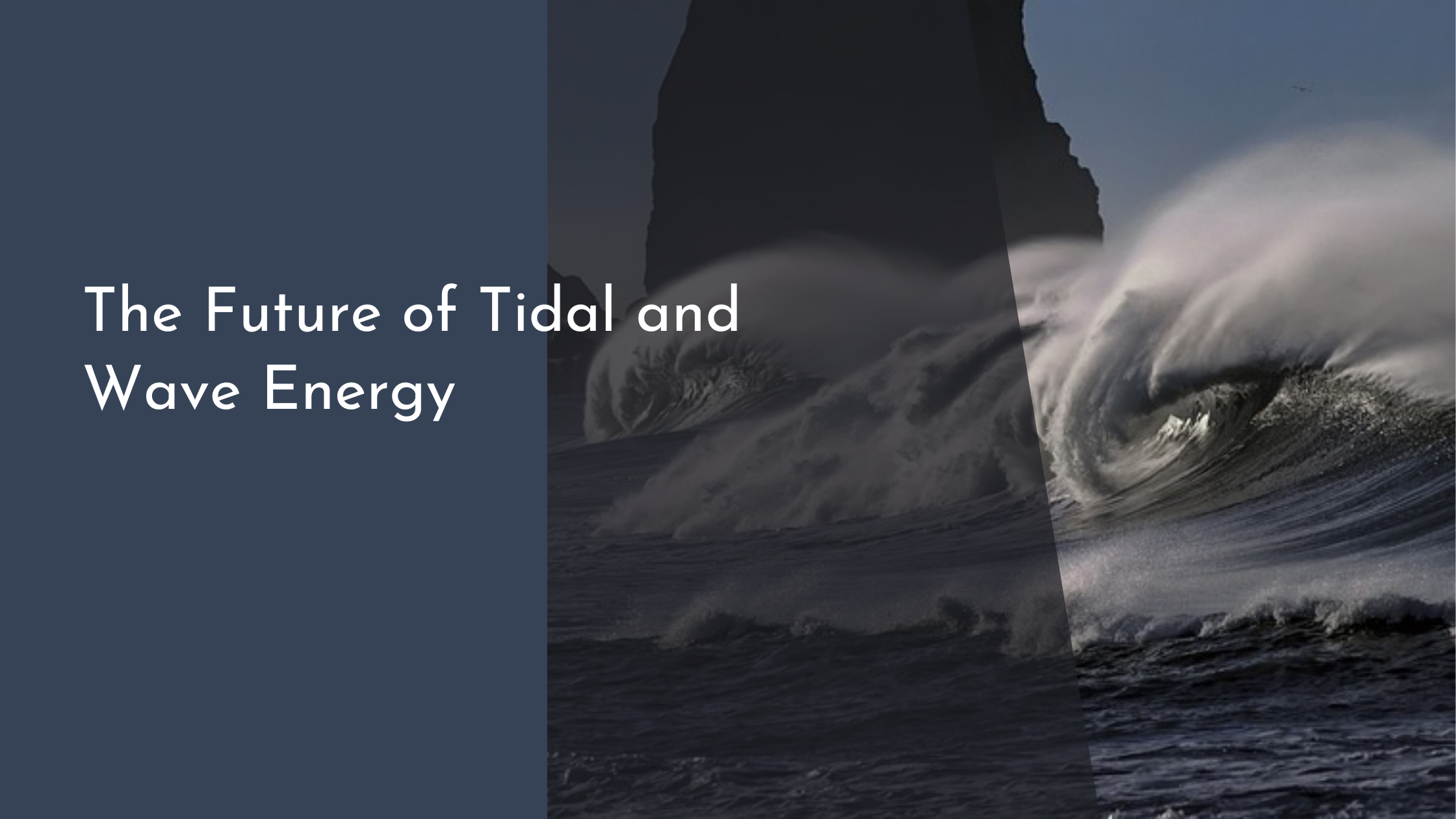The Future of Tidal and Wave Energy
As the world intensifies its search for sustainable energy solutions, tidal and wave energy have emerged as promising candidates to diversify the renewable energy portfolio. Harnessing the untapped power of our oceans, these marine energy sources offer a reliable and predictable form of electricity generation. By delving into the basics, recent technological advancements, and the ensuing environmental and economic benefits, we can better appreciate the promising horizon for tidal and wave energy.
Understanding Tidal and Wave Energy Basics
Tidal and wave energy are both forms of marine energy, harnessing the natural movements of the world’s oceans to generate electricity. Tidal energy is derived from the gravitational pull of the moon and the sun on the Earth’s water bodies, resulting in predictable tidal patterns. Tidal energy technologies typically use underwater turbines placed in strategic locations to capture the kinetic energy of moving water during high and low tides. On the other hand, wave energy exploits the surface movement of water. As wind blows across the ocean surface, it creates waves, which can be captured using various technologies like oscillating water columns and point absorbers.
The predictability of tides and the consistent nature of waves make these energy sources particularly appealing. Unlike other renewables such as solar and wind, which are contingent upon weather conditions, tidal patterns can be forecasted with high accuracy years in advance. This predictability ensures a steady supply of energy, making it easier to integrate into the existing energy grid. Despite these advantages, the deployment of tidal and wave energy technologies has faced challenges, particularly in the areas of cost-effectiveness and environmental impact mitigation.
Recent Technological Advances in Marine Energy
Recent years have witnessed significant technological progress in tidal and wave energy systems, making these renewable sources more viable and efficient. Advanced turbine designs with higher efficiency rates and smaller environmental footprints have been developed to capture tidal power more effectively. For instance, improvements in blade materials and hydrodynamic efficiency have led to turbines that can convert a higher percentage of kinetic energy into electricity. In wave energy, innovations such as the use of flexible materials and modular systems have played a pivotal role in enhancing the durability and scalability of wave energy converters.
Moreover, the advent of digital technologies and data analytics has revolutionized the operation and maintenance of marine energy systems. Real-time monitoring and predictive analytics optimize the performance of tidal and wave energy installations, reducing downtime and maintenance costs. Additionally, collaboration among various stakeholders, including governments, research institutions, and private companies, has accelerated the pace of innovation, leading to pilot projects and full-scale deployments in real-world settings. These technological strides are paving the way for tidal and wave energy to become integral components of the global energy mix.
Environmental and Economic Benefits Explored
Tidal and wave energy offer numerous environmental benefits that make them attractive alternatives to fossil fuels. Firstly, they produce zero emissions during operation, contributing to reduced greenhouse gas emissions and helping combat climate change. Additionally, because marine energy systems are typically located offshore, they have minimal visual and noise impact on communities, preserving natural landscapes and improving the quality of life for nearby residents. Furthermore, these systems tend to have a longer lifespan than traditional power plants, offering enduring environmental advantages.
Economically, tidal and wave energy present a promising opportunity for job creation and energy security. The development and maintenance of these technologies can stimulate local economies by creating jobs in engineering, manufacturing, and marine services. As more countries recognize the potential of marine energy, the sector is poised for significant investment, leading to economic growth. Moreover, by diversifying the energy supply with predictable and reliable marine energy, countries can achieve greater energy independence, mitigating the risks associated with fossil fuel volatility and imports.
The Promising Horizon for Tidal and Wave Energy
The future of tidal and wave energy is bright, with several countries already prioritizing these resources in their renewable energy strategies. The United Kingdom, Canada, and Australia, among others, have launched ambitious projects to harness marine energy, supported by favorable policies and investment incentives. As these projects come to fruition, they will provide valuable data and insights, driving further innovation and cost reductions in the sector.
Looking ahead, the integration of tidal and wave energy into smart grids and hybrid renewable energy systems will be key to maximizing their potential. By combining marine energy with other renewable sources like wind and solar, energy systems can become more resilient and flexible. As the world continues to transition toward sustainable energy solutions, tidal and wave energy are poised to play a crucial role in ensuring a cleaner, greener future.
With the world’s oceans holding vast potential for clean energy, tidal and wave energy stand out as promising solutions to meet growing energy demands sustainably. As technological advancements continue to drive down costs and improve efficiency, and as environmental and economic benefits become more apparent, the future of marine energy looks promising. By embracing these renewable energy sources, we not only move closer to sustainable energy independence but also pave the way for a healthier planet.


